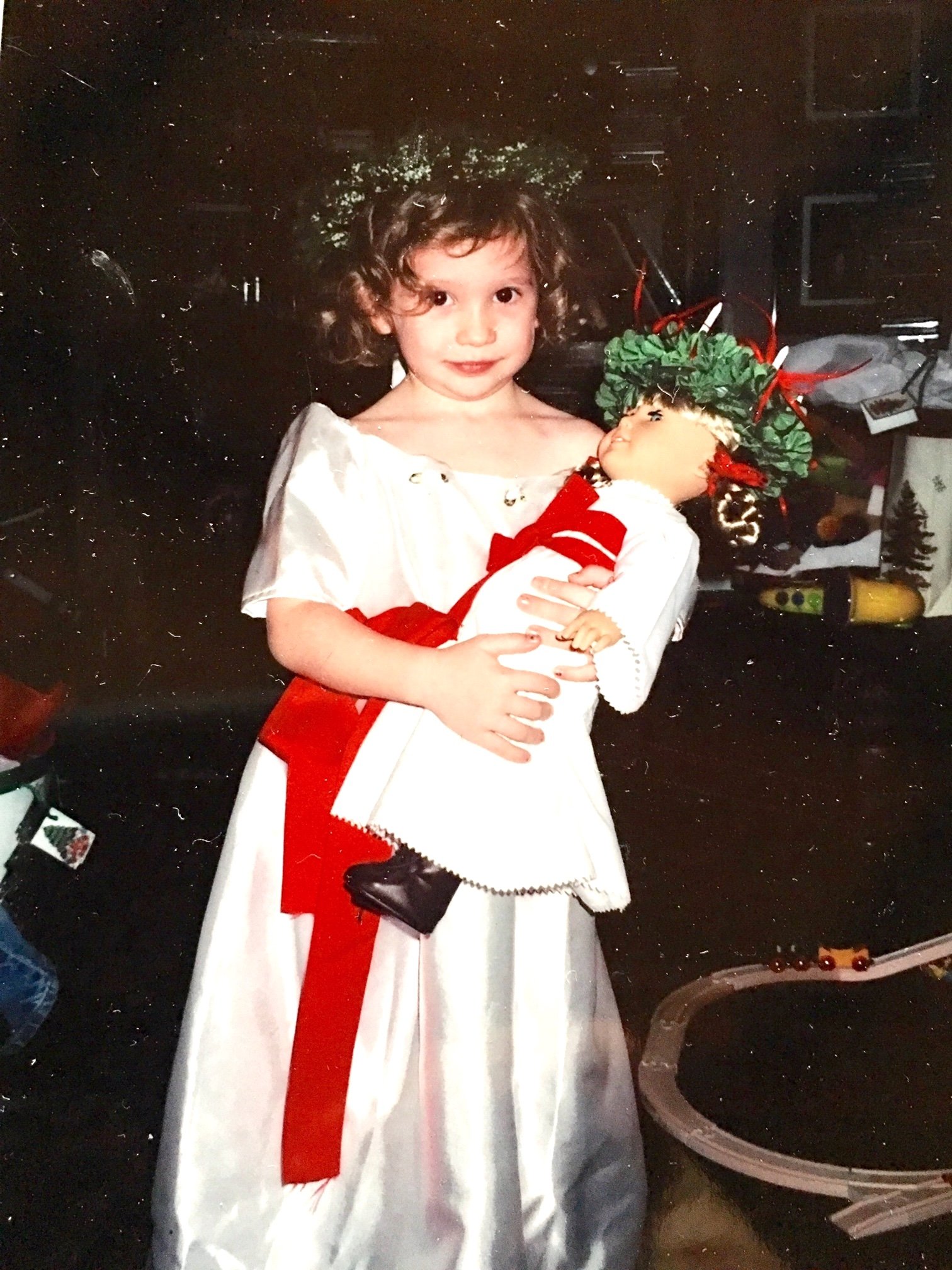Advent as Countercultural
“To pray for your enemies, to worry about the poor when you have worries enough of your own, to start becoming yourself fully by giving of yourself prodigally to whoever needs you, to love your neighbors when an intelligent 4th grader could tell you that the way to get ahead in the world is to beat your neighbors to the draw every chance you get—that was what this God asked, Paul wrote.”—Frederick Buechner, Quote of the Day, first published in The Clown in the Belfry.
Buechner reminds us how countercultural the Christian faith was from the get-go as well as today. There is no better time to experience this than in the season of Advent. Advent is the four weeks before Christmas at the beginning of the church year. Our culture during December is hurrying, overloaded, frantic, and caught up in commercial craziness. Meanwhile, the season of Advent calls us to a quiet preparedness, watching, waiting, and pausing.
One year, the staff at our church even made “pause, breathe, wait, watching for the Christ child” our theme for the season. “Pause, Breathe, Wait, Watching for the Christ Child.”
We may have had less activity in Advent during the pandemic, which is now becoming an endemic season. Still, the overriding anxiety and isolation of this long season of illness and death called us away from Advent quietness even more than our own busyness does.
Advent is still my favorite season. This call to quietness is even more needed in our present time. We put on pause the cacophony of anxiety inside and outside of our heads, sit in a favorite chair, read or write, look or walk outside, light candles, feel something moving inside of our body as we move from our head to our body, and become grounded to the present moment. The air we breathe in and out is full of anticipation of new birth in us and the world. The Christ Child already within us awakens, opens its eyes, and smiles as it sees the light of Christ across the room in someone we want to know better.
Mike Chapman St. Martins in the Field London






